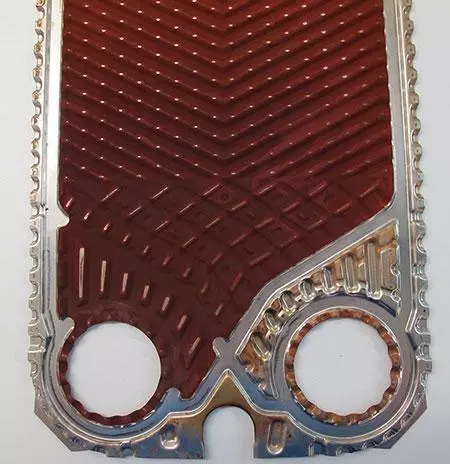Effortless Plate Heat Exchanger (PHE) Cleaning
Plate heat exchangers are a critical component in several industries, including food processing, HVAC systems, and chemical manufacturing. These devices transfer heat between two fluids using thin metal plates, but they can become fouled with mineral deposits, scaling, and other contaminants over time. This can cause a decline in efficiency, leading to costly downtime for cleaning. Ultrasonic cleaning is a highly effective and eco-friendly method of cleaning plate heat exchangers that can save businesses money in the long run.
Ultrasonic cleaning is a process that employs high-frequency sound waves (typically above 20 kHz) to agitate a cleaning solution, dislodging and removing contaminants from the surface of an object. Plate heat exchangers benefit from ultrasonic cleaning as the process penetrates the tiniest crevices and cavities of the plates, ensuring a thorough and deep cleaning. Unlike manual scrubbing or harsh chemicals, ultrasonic cleaning is gentle on the metal surface, making it ideal for businesses that rely on plate heat exchangers.
The ultrasonic cleaning process removes stubborn contaminants like mineral deposits, rust, and scaling from the surface of plate heat exchangers. It is an effective and efficient method that eliminates the need for high-pressure water jets or abrasive brushes, which can damage the plates. By utilizing ultrasonic cleaning, enterprises can guarantee optimal performance of their plate heat exchangers, ultimately diminishing downtime and leading to significant cost savings in the future.
Customers Criteria: Free from all contamination
Material: Steel
Component: Plate Heat Exchanger
Contamination prior to cleaning: Staining / Scale
Total number off: 2
Number off per run: 1
| Ultrasonic Cleaner | Cleaning Fluid | Temperature(s) | Concentration |
|---|---|---|---|
| Kemet 12 | Type I | 40°C | 10% |
| Kemet 12 | Tap water | 50°C | 100% |
| Versa 120 Dryer | N/A | 70°C | 3 minutes |
Plate Heat Exchanger Cleaning Process:
To clean a plate heat exchanger using ultrasonic cleaning, a small bench top unit such as the Kemet 12 is used. The unit is placed standing up due to the high concentration of the cleaning solution. Tap water is first added to the bath and then diluted with the cleaning fluid 'Type I'. The plate heat exchanger is then placed standing up and set for a cycle time of 1 hour. After the cycle is completed, the plate heat exchanger is rinsed and inspected. One side of the plate heat exchanger has fully cleaned up, with all the scale removed. The other side, however, has changed color slightly but is still heavily contaminated and stained.
The plate heat exchanger is then cleaned in 60-minute cycles until 100% clean. It takes a total time of 8 hours in the ultrasonic to fully clean both sides with no staining or scale remaining. By using a higher concentration of the cleaning solution, the cleaning time can be reduced, making the process even more efficient.
Ultrasonic cleaning is a sustainable and cost-effective method of cleaning plate heat exchangers. The process is environmentally friendly, as the cleaning solution used is typically biodegradable and does not generate hazardous waste. Furthermore, it is a fast and efficient method, which results in less downtime and increased productivity. Moreover, since this method doesn't employ harsh chemicals or abrasive brushes, it causes less damage to the plates, which leads to extended lifespans and fewer expenses related to replacements.
Before cleaning Plate Heat Exchanger

After cleaning Plate Heat Exchanger

